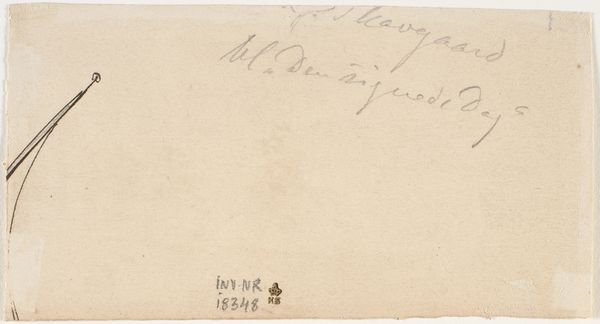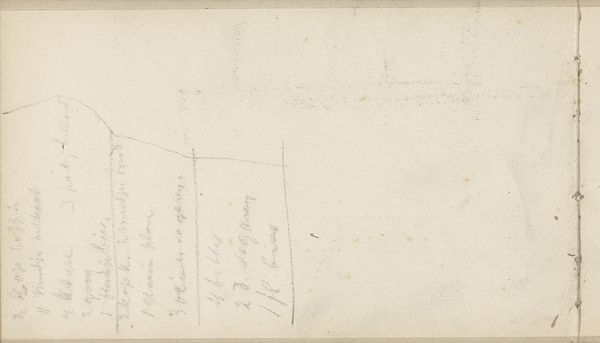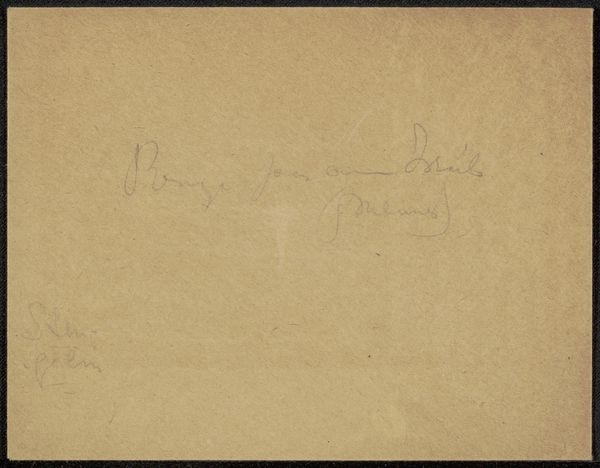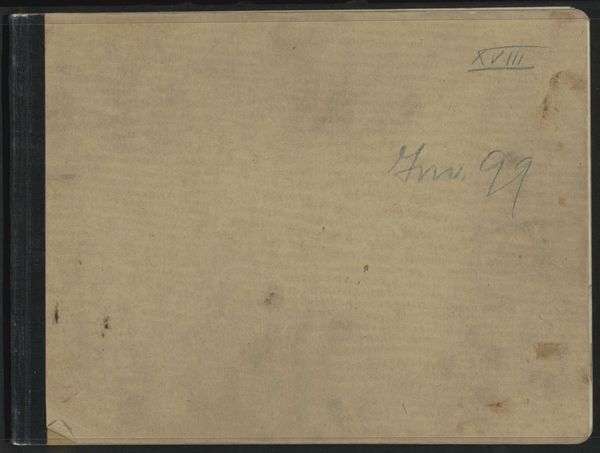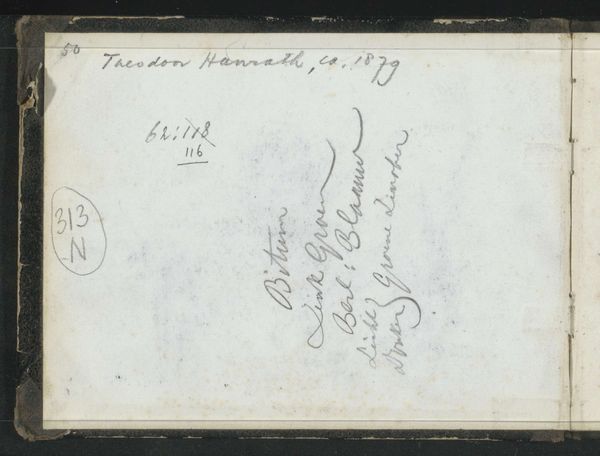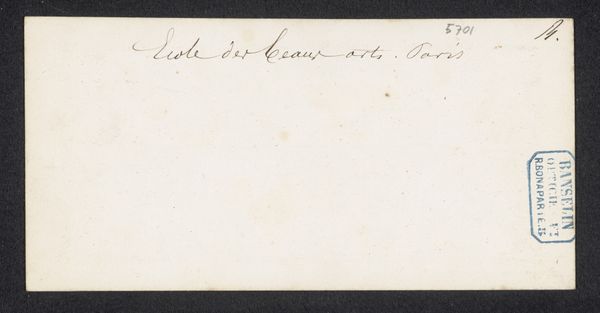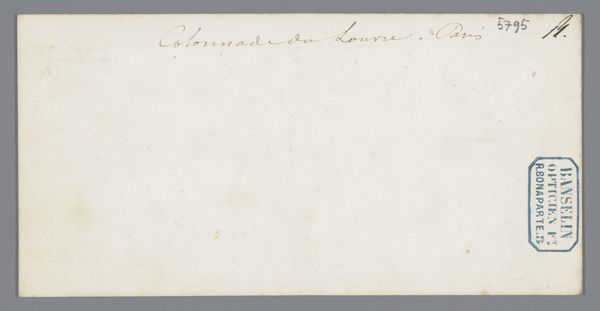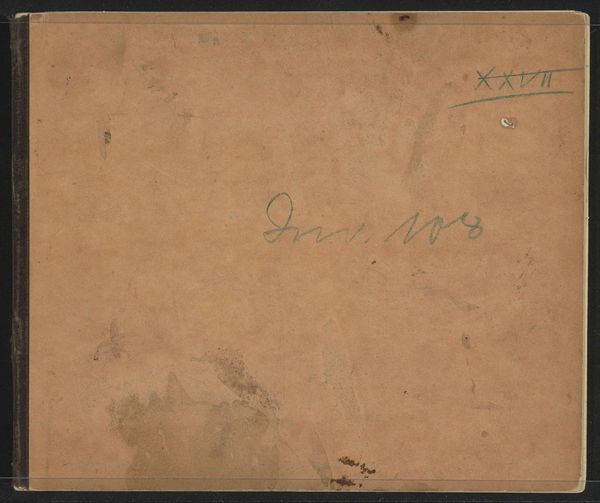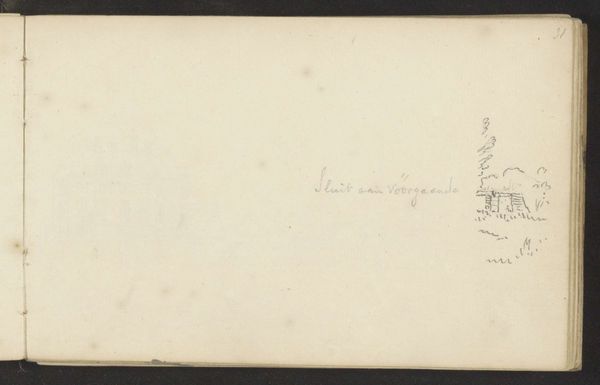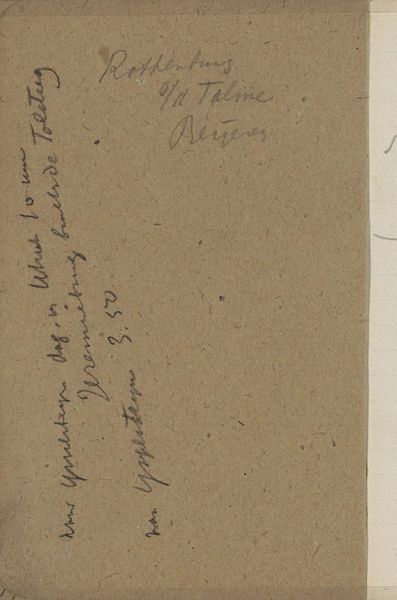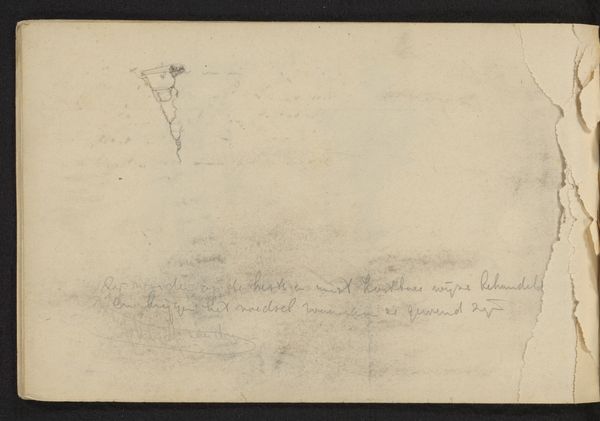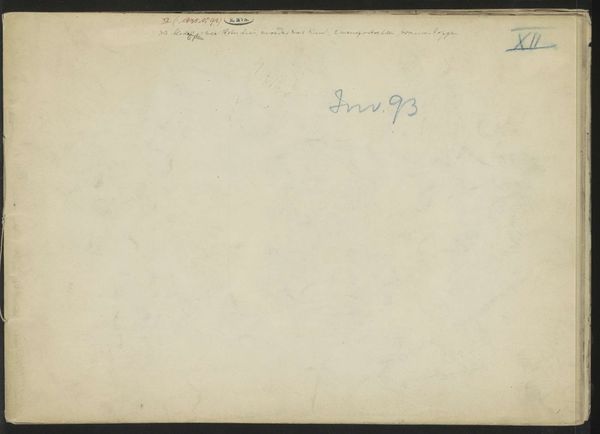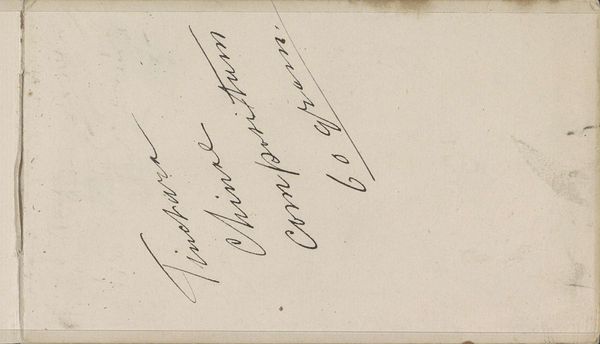
drawing, ink, pen
#
drawing
#
hand-lettering
#
hand drawn type
#
hand lettering
#
personal sketchbook
#
ink
#
hand-drawn typeface
#
pen-ink sketch
#
ink colored
#
pen work
#
sketchbook drawing
#
pen
#
sketchbook art
Copyright: Rijks Museum: Open Domain
Editor: We’re looking at Theo van Hoytema’s "Envelope to Philip Zilcken," made before 1912, using pen and ink. It's simple, just an addressed envelope, but I find the elegant handwriting and old postmarks so evocative. What do you see in this piece? Curator: I see an artifact brimming with social context. Consider what an envelope represents: communication, connection, a physical tie between individuals. The act of sending a letter in the pre-digital age was a conscious, often intimate, gesture. This envelope, addressed to fellow artist Philip Zilcken, speaks volumes about the artistic circles of the time, doesn't it? Editor: Absolutely, it feels like a peek into their world. How would this type of correspondence have shaped the art world? Curator: It’s crucial to remember that these exchanges formed the backbone of artistic networks. Information, ideas, and even patronage often flowed through these personal channels. Letters served as mini-manifestos, critiques, and opportunities for artists to influence one another and shape the direction of art itself. How might the relative slowness of this type of exchange shape expectations in their practices? Editor: That's fascinating. The delay must have demanded more patience, perhaps leading to deeper, more considered responses. Curator: Precisely. Think about the art market then versus now, the role galleries played. Correspondence could directly impact an artist's career and public perception. Editor: So, this seemingly mundane envelope becomes a vital piece of social and art history? Curator: Exactly. It is a reminder that the most significant artworks often are inseparable from their societal and political framework, don't you agree? Editor: I do! Looking at it that way opens up a whole new level of appreciation. It’s far more than just an old envelope now. Curator: It highlights how much ordinary ephemera can tell us about art’s complex social life, a good reminder that art history can be found even in the simplest of objects.
Comments
No comments
Be the first to comment and join the conversation on the ultimate creative platform.
